Which energy pathways and organs are we targeting and why?
We will be working Gall Bladder and Liver Meridians.
– Energetically, the Liver smooths the flow of Qi, Blood and emotions, thus allowing one to create and execute change.
– The Gallbladder is necessary for the change to occur, as it is the organ responsible for making decisions.
Which asana sequence is recommended to balance the Wood Element?
– Shoe Lace
– Square
– Sleeping Swan – with option of adding a twist with hands in prayer
– Bananasana
– Reclining Butterfly
– Twist
– Final relaxation and meditation
– Hold each pose for 3-5 min.
– Take rebound (break) of 1-2 min in between each of them: rebound can be in child’s pose, savasana shape or any other comfortable pose for you
Which season relates to the Wood Element?
According to Chinese Medicine, spring relates to the Wood element.
The central characteristic of Wood is growth and change.
What Are The Emotional Consequences of Wood Imbalances?
– When the flow of Liver Qi is not smooth, we tend to feel agitated and irritable.
– The emotion associated with the element of Wood is therefore, anger. In its balanced state, anger can be a healthy emotion, for it can be understood as a natural reaction to situations in life.
– An imbalance in Wood, however, often has the quality of out-of-control anger, and results either in excess or depletion. Excess, expresses itself as “quick to anger,” prone to volatile outbursts, irritability, and the tendency to judge others too quickly or harshly.
– The converse, deficient Wood, often expresses itself as depression and difficulty dealing with anger at all.
– Swallowing your anger, you become anxious, irritable, and tend to blame yourself when things go wrong.
– Over time, this “Liver Qi stagnation” can lead to stress. Stress affects the liver and imbalances in the liver can generate stress. Its a two way road.
On a mental level, how does the Wood Element affects us?
– Because the Wood element exemplifies the energy of growth, it is also about vision, planning and decision making, essential for creative change.
So what can we learn from the Wood element?
– The key here is flexibility. If we hold ourselves too rigidly, we will break and crumble. If we are too loose and wobbly, like a badly rooted tree, there is no growth and real potential for change. So, the healthy balance is to remain flexible but engaged.


Give a Reply